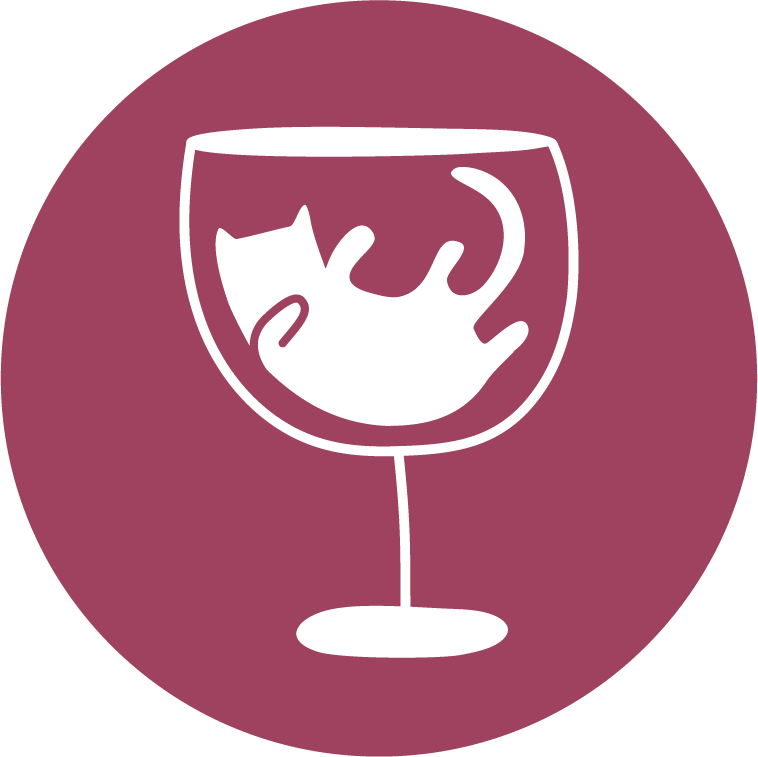With the Caaaaaaat wine collection, we want to create a bridge between the drinkers of mass-produced wine and those who drink natural wine. The former buy this type of wine for the price, the latter because of their way of life. Swimming in the middle of this ocean of wine are those who are guided by lots of criteria, including their tastes, their instincts, recommendations from critics they trust, friends…
Creating this bridge will not please everyone (after all, there’s always someone who objects, isn’t there?). It is easy to criticise when you are looking at the problem from the outside. It is very different when we experience it from the inside. We cannot ignore the fact that 88% of wine in France is purchased in supermarkets (source: La Revue de Vin de France), or the fact that natural wine cellars and bars are growing more than ever before (source: our eyes and ears). So the main obstacle in creating this bridge is ignorance. The kind that sounds like common sense: “why pay more than £5 for wine if the one I buy already is fine?”, “why don’t they only make natural wines?”, the kind that requires you to take an interest in a subject: “what are the differences between conventional, organic, biodynamic and natural agriculture?”.
When we criticise the winegrower who uses chemicals to make wine, we are fighting the wrong battle. When we criticise the consumer who buys their £5 wine or buys from the supermarket or wine from the chemical companies, we are fighting the wrong battle. The REAL battle is against ignorance and the chemical industry (at the very least the industry producing poison) which knows perfectly well what it is doing. Let’s not fight the surface level problem, this simplistic critique against winemakers and consumers. Of course, we all have a responsibility, but these people are hardly the bad guys.
Certification labels are flourishing, associations and other endorsements, responding to the surface of the problem, often adding to the confusion. It is an observation. We are not against them (on the contrary!), but we don’t think it is enough. As wine producers, we try to create a bridge between these two worlds of wine, this thousand-year old concoction which is a driving force for universal humanism.
By combatting this ignorance, which leads to social divisions, a form of tolerated obscurantism, we come up against resistance to change, fear, and the foundation of certainties on which it is built. In the infobesity which feeds social media, you have to specialise in order to stand out, to be visible. It is a pragmatic response, symptomatic of our information stuffed age, but also creates a lack of understanding for those who only want to hear ideas which reinforce their own. Learning comes from the new, the other. It is with nuance and patience that we progress into knowledge.
Explaining the different winemaking methods, and why they exist, requires time and has to be sexy enough to pull in an audience. Media stakeholders are working on this with a number of newspapers, magazines, blogs, columns and shows… our role is to offer knowledge through the product itself, the wine, a source of enjoyment, sharing and taste. In this process, we want to have fun, coach you with us, add some joie-de-vive; this is precisely why we are here (that, and throwing cats in space).

